
What Was the Radical Reformation?
The Radical Reformation was like the rebellious teenager of the Protestant Reformation, throwing a fit because it felt the original reforms didn’t go far enough. Emerging in the 16th century, this movement was all about challenging the established norms of both the Catholic Church and the mainstream Protestant reformers, like Lutherans and Calvinists. Think of it as the “cool kids” table where the Anabaptists, Mennonites, and Quakers decided to set their own rules. 🎉
Roots of Rebellion
So, what sparked this wave of dissent? The Radical Reformation was fueled by a desire for a more authentic Christian experience. Many felt that the Catholic Church was too entrenched in tradition and that the Protestant reformers weren’t shaking things up enough. The radicals believed in a more personal connection to faith, emphasizing believers' baptism, pacifism, and spiritual freedom. In simpler terms, they wanted a church where you could choose your own adventure, rather than being stuck with the same old script.
Key Players
Picture a lineup of passionate reformers who were ready to challenge the status quo:
- Anabaptists: These folks were all about adult baptism. They believed that baptism should be a conscious choice, not something you do just because your parents signed you up. They also had a knack for getting into trouble with the authorities.
- Mennonites: A subgroup of Anabaptists, they took pacifism to heart, promoting non-violence and community living. Imagine a group of people who are really into potlucks and peace.
- Hutterites: Similar to Mennonites, these communal folks lived in tight-knit communities, sharing everything from resources to recipes.
- Quakers: Known for their “silent worship” and emphasis on inner light, Quakers took a more mystical approach to spirituality. They were the original hipsters of faith, valuing simplicity and peace.
Persecution and Legacy
As you can imagine, challenging the religious status quo didn’t win them many friends. The Radical Reformers faced severe persecution from both Catholic and Protestant authorities. They were often jailed, executed, or otherwise made to feel very unwelcome at the religious party. But their legacy? It’s still felt today! The principles of religious freedom and separation of church and state have roots in their struggles. Talk about a lasting impact!
Conclusion
The Radical Reformation may not have been the most popular movement of its time, but it certainly paved the way for modern concepts of faith and community. So, the next time you’re enjoying a peaceful moment or sipping coffee with friends discussing spirituality, give a nod to those brave radicals who dared to challenge the norm. Who knew rebellion could taste so good? ☕



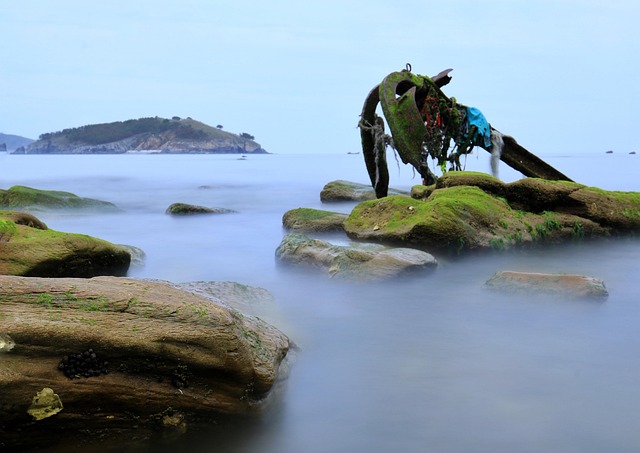



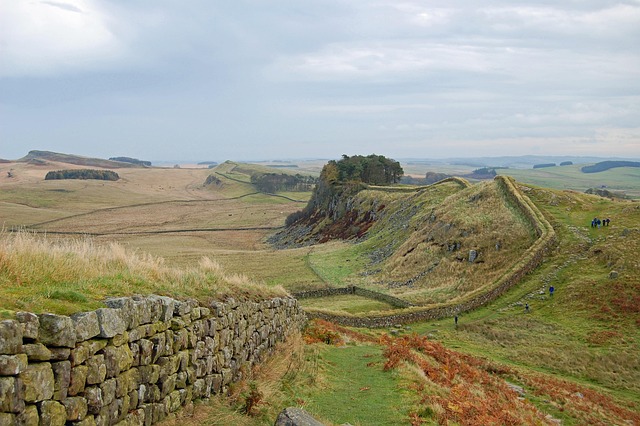
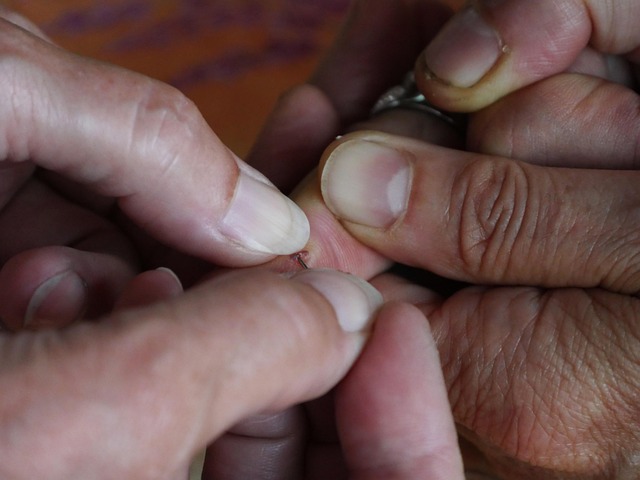


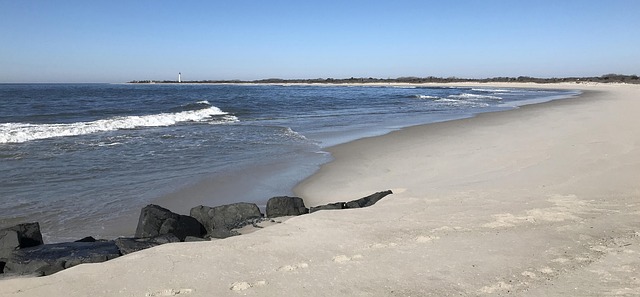

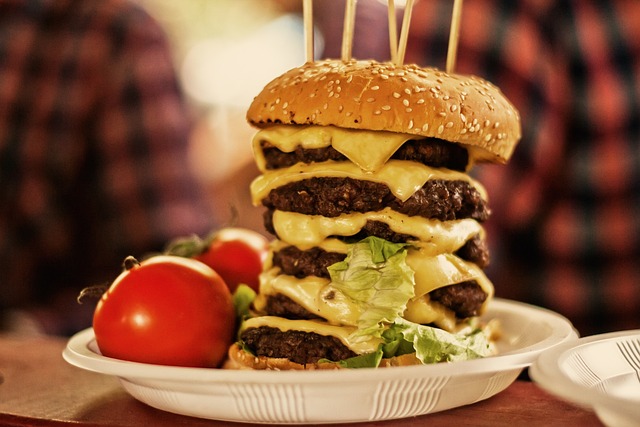



 La Importancia de la Salud Renal
La Importancia de la Salud Renal 
 Health
Health  Fitness
Fitness  Lifestyle
Lifestyle  Tech
Tech  Travel
Travel  Food
Food  Education
Education  Parenting
Parenting  Career & Work
Career & Work  Hobbies
Hobbies  Wellness
Wellness  Beauty
Beauty  Cars
Cars  Art
Art  Science
Science  Culture
Culture  Books
Books  Music
Music  Movies
Movies  Gaming
Gaming  Sports
Sports  Nature
Nature  Home & Garden
Home & Garden  Business & Finance
Business & Finance  Relationships
Relationships  Pets
Pets  Shopping
Shopping  Mindset & Inspiration
Mindset & Inspiration  Environment
Environment  Gadgets
Gadgets  Politics
Politics 